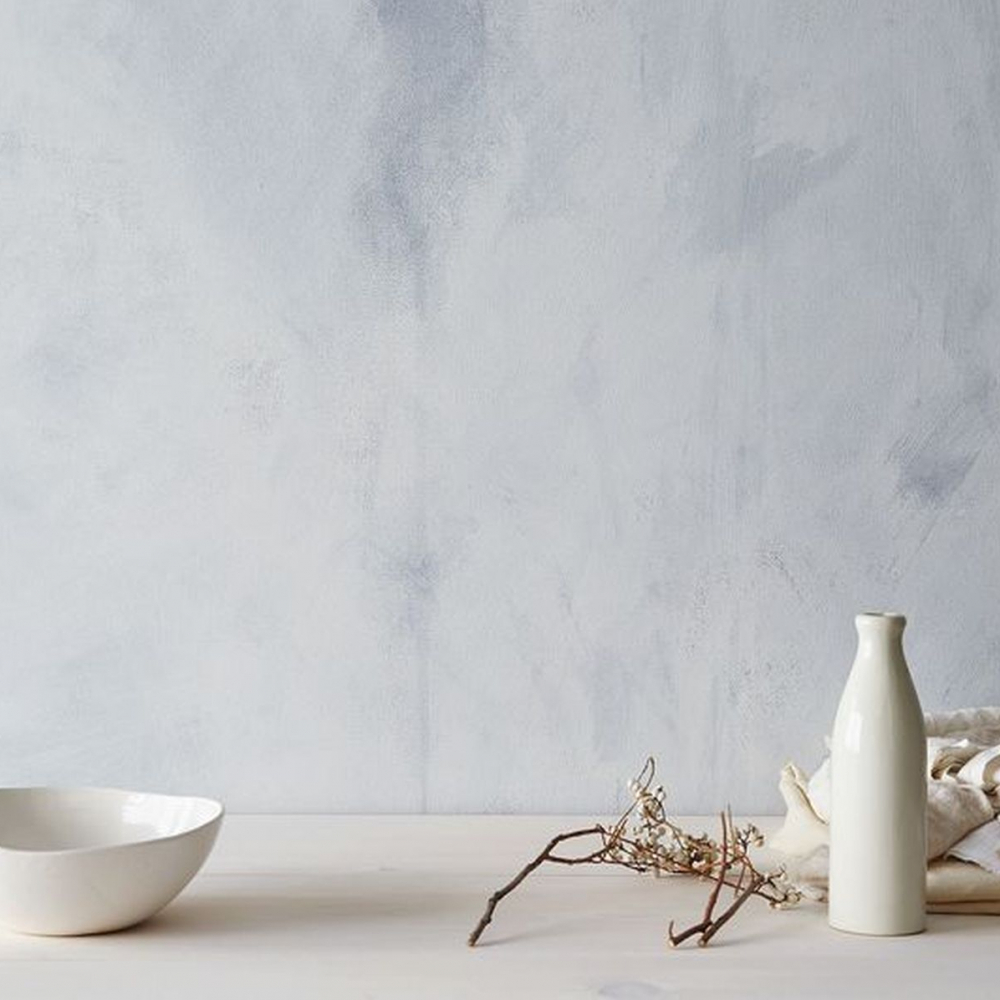INSPIRATIONS

What Is Wabi-sabi And How Can It Be Used In Interior Design?
Is your to-do list expanding all the time? Are you tired of chasing after unattainable perfection? Have you had enough of buying more and more new things that don't even make you happy anymore?
Time to consider the Japanese concept of wabi-sabi. Wabi-sabi is more than a style: it is a whole philosophy and approach to life, as well as to interior design and decoration. Nowadays we are overwhelmed with calls for continuous development, improvement and pursuit of perfection. Better products, new trends, great ideas... while there seems to eb no time to simply stop and breathe anymore.
Wabi-sabi is the antidote to such pursuit of perfection. This philosophy has originated from Buddhism and is about accepting the imperfect and transient nature of everything in life. Wabi-sabi is the art of finding beauty in what is imperfect, impermanent and incomplete.
Things that age beautifully
You won't find wabi-sabi in brand new and shiny objects straight from the store or in perfect interiors from design magazines (or photos on Instagram and Pinetrest). Of course, we don't suggest filling rooms with crumbling furniture of poor quality. But we can learn to love and appreciate older items, passed down from generation to generation, especially antiques, works of art and handicrafts. Sometimes these are just things that have aged beautifully: a rug that's worn in places, a faded bedspread made of high quality material, a candlestick covered with natural patina, a patch of wall with cracked plaster creating interesting patterns (and sometimes paint or wallpaper imitating such an effect), ''shabby chic'' wooden chest of drawers.
In harmony with nature
Authenticity also means living in harmony with nature - your own and the natural environment. Natural materials and textures such as wood, wicker, linen and wool; a natural aging process that gives the interior character; hand-made ceramics with deliberately left uneven glaze or shape; unevenly applied paint; pot plants bringing disordered life into the interior.
Natural colors also cultivate the spirit of wabi-sabi: subdued pastels, hundreds of shades of green and grey inspired by leaves and stone, earth colors and jungle colors.
In the spirit of gratitude
Wabi-sabi is not just displaying ''objects with history'' in your interiors. It is also a search for a peaceful harmony and acceptance without constant pursuit of new attractions and flashy trinkets. It is gratitude for what fate gave us and the ability to enjoy what we have.
Less is better
Wabi-sabi is favored by the minimalist style, but it is not the minimalism of modern spaces filled with invisible technology and flawless surfaces. Of course, it is important to get rid of the clutter and unnecessary junk, but the space thus obtained will provide the background on which to display older items "with a soul".
Express yourself
The naturalness so characteristic of the wabi-sabi approach gives us the freedom to be ourselves, allows for authenticity instead of superficial glitz. In interior design, authenticity means objects with an individual, unique story, those that mean something to you. A poster from the first festival you went to? A carved box from a trip to Morocco, maybe kitschy, but hiding many memories? Grandma Helen's linen tablecloth? Or maybe a wooden kitchen table, whose top shows signs of use throughout nearly a hundred years? All these can help you make your home more authentic, with that lived-in feeling.
